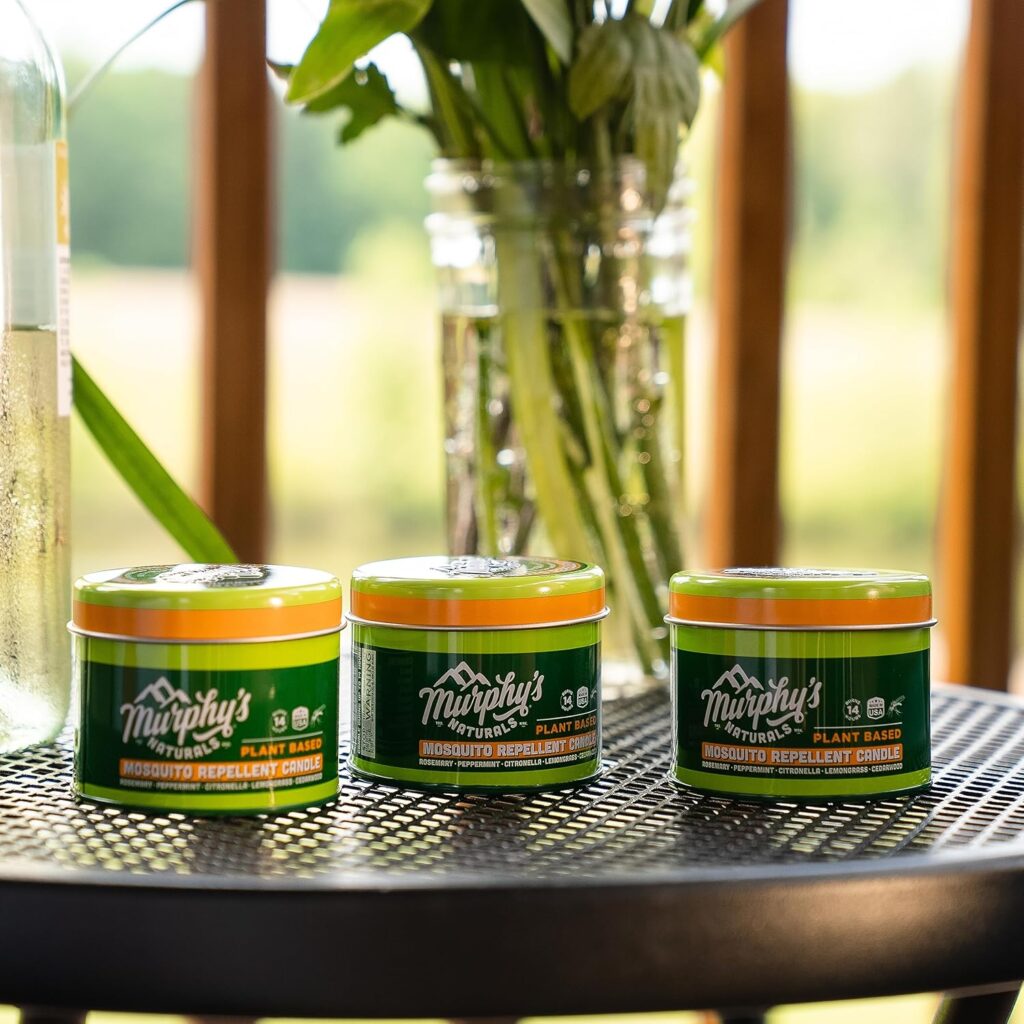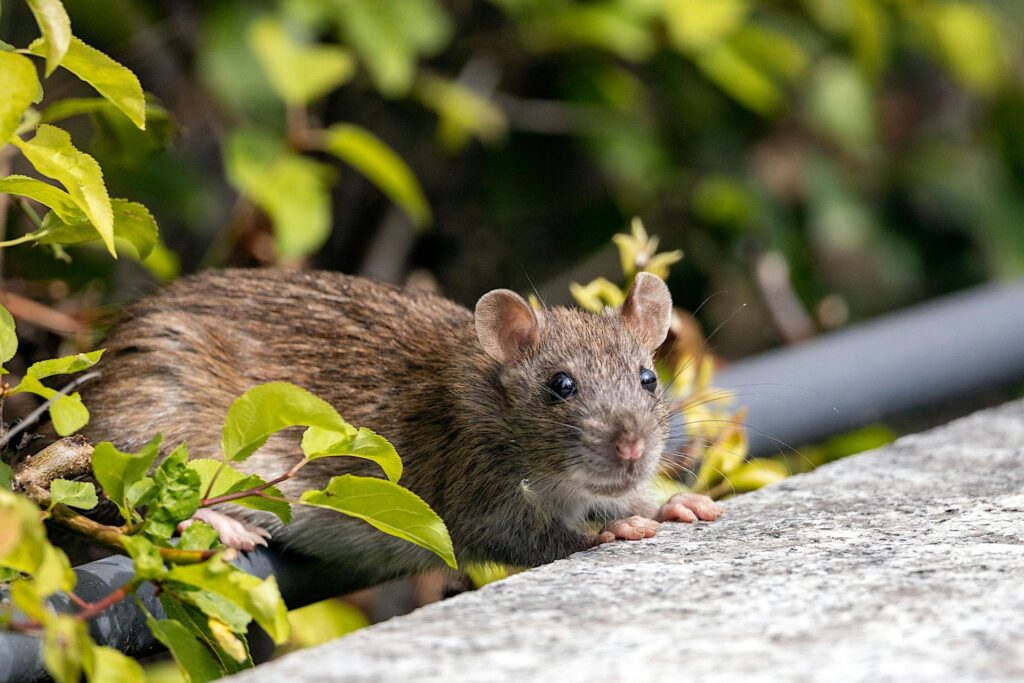While humans are not invincible to fleas, these pests are most likely to be brought indoors on the fur of cats, dogs, and other furry animals. Not only will a flea infestation leave you feeling itchy and uncomfortable, the excessive itching, shaking, and biting will undoubtedly make your pets miserable.
Depending on the environment, flea eggs can hatch anytime between two days and two weeks after being laid. Before you even realize your animal has fleas, their fur and your furniture could be covered with these annoying pests. Because fleas can jump very high, once your pet has them on their fur, it’s almost impossible to stop them from spreading to all corners of your home. Follow these tips for recognizing if your pets have fleas, and learn what you can do to prevent it from ever occurring.
They scratch, lick, or bite more
While it’s normal for cats and dogs to bathe themselves, if you notice they’re spending more time biting, itching, or licking themselves, it could be a sign that they have fleas. These bugs congregate in animals’ armpit and groin areas because of the added warmth and protection. If these areas of your pet are especially bothered, it’s likely they could be trying to fend off fleas.
Their skin becomes irritated
Fleas feed on animals’ blood, which in turn causes the animal’s skin to become red and bumpy. Unfortunately, cats and dogs are often allergic to the saliva left behind from flea bites, so in addition to itchiness, these areas may become ridden with rashes or lesions.
You notice small, dark specks in their fur
If your dog loves to roll around in the dirt, this sign may be less obvious to you. If you spot patches of dark specks on their skin and in their fur, it may be dirt, or it could be flea larvae. The best way to tell the difference is to wet a paper towel and rub it under your pet’s stomach. If the dark spots transfer to the paper as red streaks, this indicates flea feces.
Black spots appear in the bath
Another way to spot these specks is if you notice little black dots while your pet is in the bath. These dots are comprised of flea larvae and feces, which separate from the fur with water and give off a red, bloody appearance.
They lose more hair than normal
Also called alopecia, excessive hair loss may be a sign your pet is having an allergic reaction to flea bites. This hair loss can also be exacerbated by your pet’s increased licking and scratching. If the hair loss is due to fleas, the damage will be most significant around your pet’s neck and tail.
How to Know if You Have a Flea Infestation in Your House
Recognizing signs of fleas in your house early can save you and your pets from severe discomfort. Here are some key indicators to watch for: frequent scratching or biting by your pets can indicate their distress from flea bites. If you observe small dark specks within the fur or irregular patches of hair loss, these are strong signs you might be dealing with fleas. Fleas themselves can sometimes be seen as tiny, quick-moving spots that jump extraordinarily high. To confirm their presence, you might also notice small black specks on pet bedding or carpets which turn red when wet — these are flea feces. Being aware of these signs can help you tackle the problem before it magnifies.
Their gums appear pale
Once your pets lose significant color in their gums, it’s very likely they’re dealing with an extreme flea infestation. In large quantities, fleas extract substantial amounts of blood from their host animal. This increases the likelihood of anemia, which will impact the color of the animal’s gums, and may also affect their appetite and energy levels.
A flea comb reveals live fleas
One of the most effective ways to tell if your dog has fleas is to comb your pet’s fur with a flea comb. This type of comb has very thinly-spaced needles that trap and remove fleas and their larvae from your dog or cat’s fur.
How to Prevent Fleas on Your Pets
Because of their highly reproductive nature, taking steps to prevent fleas can save you a lot of stress down the road. You can help prevent your pet from getting fleas by routinely following these five steps.
Vacuum frequently
Areas of your home that contain lots of soft material, like carpet, furniture, and pet bedding, are the most vulnerable to fleas. Take extra care to vacuum these areas routinely to remove these pests and stop their reproduction.
Keep your pets’ bedding and toys clean
Fleas are known to love inhabiting the same areas as house pets, which means even pet bedding and soft pet toys are not safe from a flea infestation. Wash these items every few weeks to prevent the spread of fleas. Most toys will come with instructions for washing, but a good rule of thumb is to rinse these toys using a natural laundry detergent or add a few tablespoons of white vinegar to the detergent drawer. These remedies will also help prevent the spread of other pests, like mites, around your home.
Wash your dog often
While washing your dog with a dog shampoo or mild dish soap will kill a present flea infestation, it also serves as a good preventative tool for fleas. Many veterinarians recommend bathing your pet at least once a month (but never more than once a week) to help prevent an outbreak of fleas.
Rub lemon juice on your pet’s coat
Combine equal parts lemon juice and water in a spray bottle and generously spray your dog or cat’s coat. Rub the mixture into your dog’s fur, making sure it reaches the skin, to maximize effectiveness. Pay close attention to the areas behind the ears and at the base of the tail, as these areas are most often impacted by fleas.
Mix in apple cider vinegar
Apple cider vinegar acts as a natural flea repellant. This is a great preventive measure, as it doesn’t kill fleas, but hinders them from ever being drawn to your dog’s fur in the first place. Mix one tablespoon, or capful, of apple cider vinegar into your dog’s water bowl 2-3 times per week. If your dog is deterred by the taste, start by adding smaller amounts of apple cider vinegar to acclimatize them to the new flavor.
While these measures are effective in preventing your dog or cat from getting fleas, for pet owners living in wooded areas, your animals may still fall victim to a flea infestation. If this happens, avoid using aggressive, toxic pest control chemicals, like flea bombs, to solve the issue. Most of these insecticides bring harmful chemicals into your home and are not always successful at fully removing the pests. Our team of pest experts is trained in removing pesky fleas from your home in a professional, effective way. Call us today to receive a free quote.








